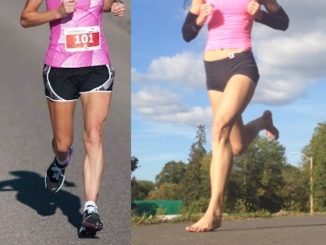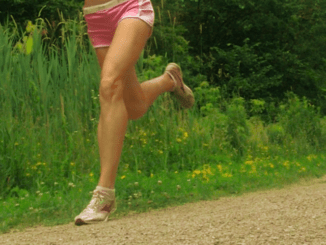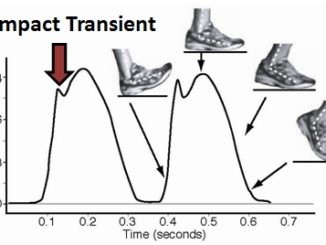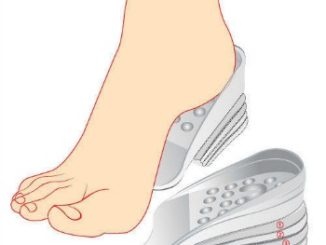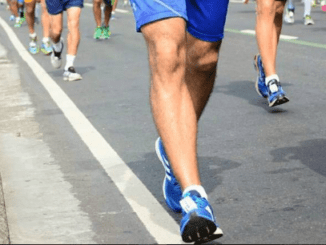
Heel Strike Running is Bad For Your Foot’s Arch vs Forefoot Running
The hard impact from heel striking was found to overload the arch, resulting in forces acting on the arch that are stronger than the forces acting on the arch in forefoot running. At the same time, the burst in high impact that always occurs at heel strike forces the foot into extreme positions (hyper-pronation), resulting in more bending and twisting strain rippling onto the leg and into the knee! What’s worse, there’s little indication that shoe cushioning is a quick fix for this. The best course of action is to adopt a forefoot strike landing because it was also proven to make it easier for the arch to store more energy-saving elastic power, which is what the arch was designed for.

